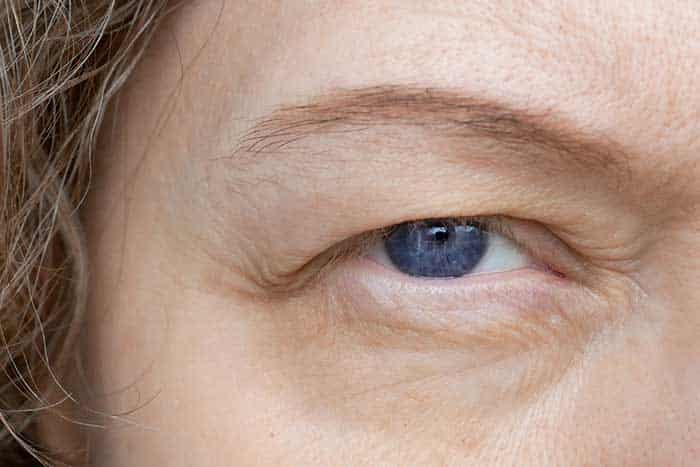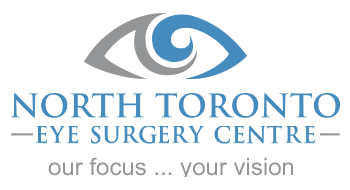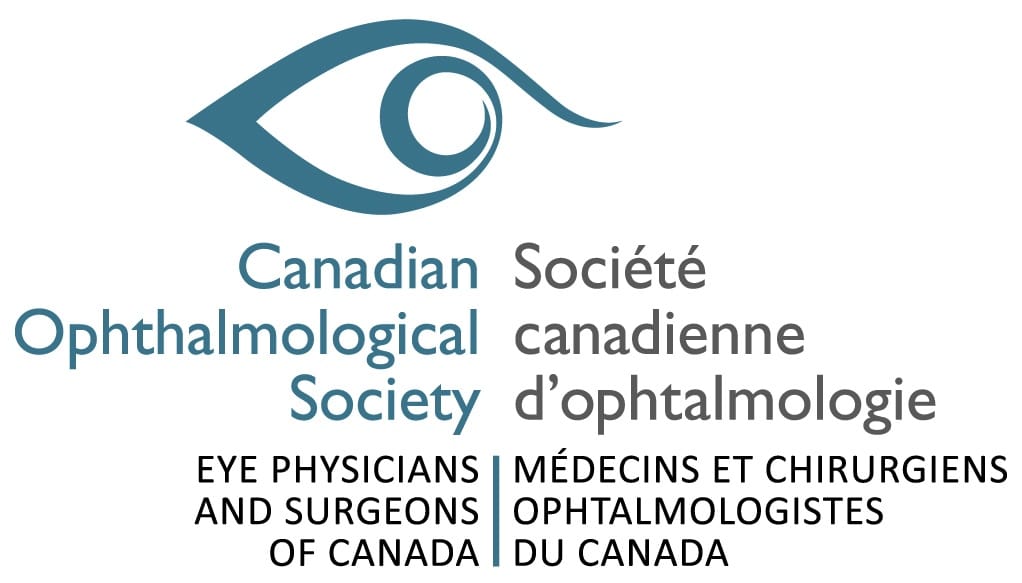Click Here For More Information
What Causes Ptosis?
Symptoms of Ptosis
If you’re experiencing ptosis, you may notice:

Treatment Options: Restore Function and Appearance
Ptosis can be treated for both functional and cosmetic reasons, depending on the impact of the condition:

Ptosis Surgery: Precision and Expertise
Ptosis surgery is a quick and effective outpatient procedure typically performed under local anesthesia with sedation. Here’s what to expect:
Take the First Step Toward Better Vision and a Refreshed Look
Consulting with a qualified ophthalmologist is the first step to addressing ptosis. Whether for functional or aesthetic reasons, we’ll develop a customized treatment plan to meet your needs and goals.
Contact us today to schedule your consultation and explore how ptosis surgery can transform your vision and appearance. Let us help you see—and look—your best!








